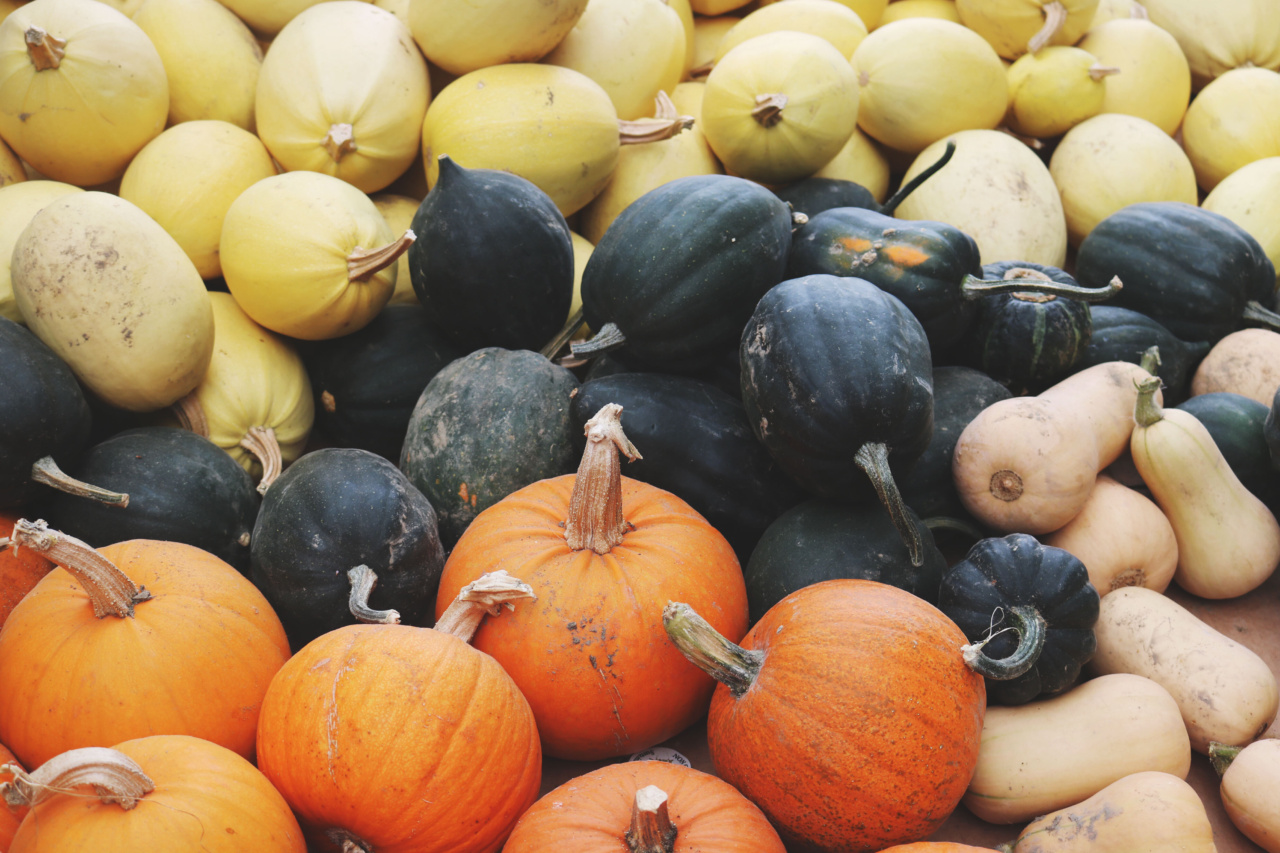When it comes to managing type 2 diabetes, making healthy food choices is essential. Incorporating vegetables into your diet is not only nutritious but also plays a crucial role in controlling blood sugar levels.
This ultimate vegetable guide for type 2 diabetes will help you understand which vegetables are beneficial and how to incorporate them into your daily meals.
1. Leafy Greens
Leafy greens, such as spinach, kale, and collard greens, are low in carbohydrates and high in fiber. These vegetables are packed with various nutrients, including vitamin C, vitamin K, and magnesium.
Incorporating leafy greens into your meals provides a multitude of health benefits, including improved heart health and better blood sugar control.
2. Cruciferous Vegetables
Cruciferous vegetables, like broccoli, cauliflower, and Brussels sprouts, are excellent choices for individuals with type 2 diabetes. These vegetables are rich in fiber, vitamins, and minerals while being low in calories.
They are also known to have anti-inflammatory properties and may reduce the risk of heart disease.
3. Bell Peppers
Bell peppers, whether red, green, or yellow, are packed with antioxidants and vitamin C. They have a low glycemic index, making them suitable for managing blood sugar levels.
Including bell peppers in your diet adds color and flavor to your meals while providing essential nutrients.
4. Tomatoes
Tomatoes are known for their lycopene content, an antioxidant that may help reduce the risk of heart disease. They are also low in calories and carbohydrates, making them a great choice for individuals with type 2 diabetes.
Whether eaten fresh or cooked, tomatoes can be a versatile addition to your meals.
5. Cucumbers
With their high water content, cucumbers are incredibly hydrating and low in calories. They are also low in carbohydrates, making them a diabetic-friendly vegetable.
Incorporate cucumbers into salads or enjoy them as a refreshing snack for additional hydration and essential nutrients.
6. Asparagus
Asparagus is a low-calorie vegetable that is high in fiber, folate, and other essential vitamins and minerals. It also contains antioxidants that may improve insulin sensitivity.
Adding asparagus to your meals not only enhances the taste but also provides numerous health benefits.
7. Onions
Onions are not only flavorful but also contribute to better blood sugar control. They contain sulfur compounds that may help lower blood sugar levels by increasing insulin production and promoting insulin sensitivity.
Including onions in your cooking can add depth and taste to various dishes.
8. Carrots
Carrots are rich in beta-carotene and fiber, making them an excellent choice for individuals with type 2 diabetes.
While carrots do contain natural sugars, they have a low glycemic index, meaning they cause a slower rise in blood sugar levels compared to high glycemic index foods. Enjoy carrots as a snack or incorporate them into your favorite recipes for added nutrition.
9. Zucchini
Zucchini is a versatile vegetable that can be used in various dishes. It is low in carbohydrates and calories while providing essential nutrients.
You can spiralize zucchini to make healthy noodle alternatives or simply include it in stir-fries or salads for added texture and flavor.
10. Green Beans
Green beans are an excellent source of vitamins A, C, and K, as well as fiber. They have a low glycemic index and can be included in your diabetic meal plan without causing significant rises in blood sugar levels.
Consider adding green beans to your meals for a nutritious and satisfying addition.





























